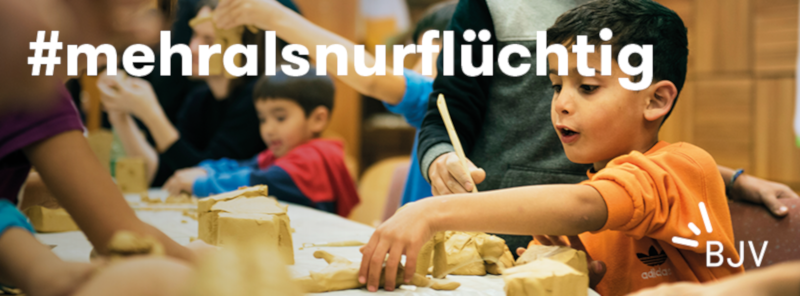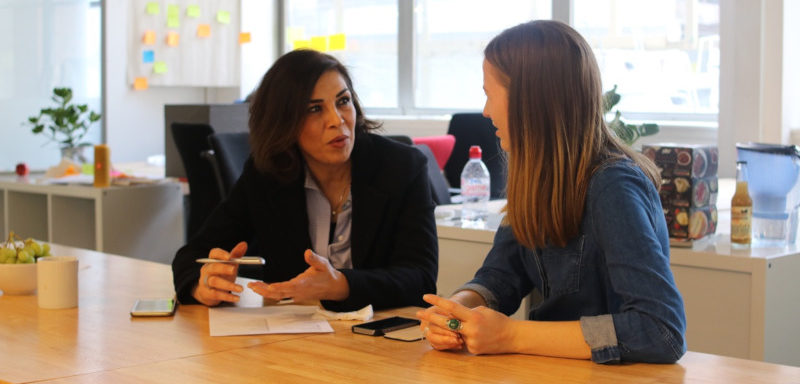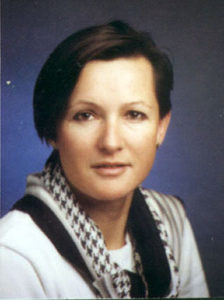Do young people get active for integration? If so, how, why and where?
In times of “Fridays For Future”, the commitment of young people clearly has taken on new significance, and not only regarding environmental protection and climate justice, but also in the field of migration and integration.
How can young people – up to 30 years old according to the EU definition – receive support for their great commitment, be it through exchange, networking or further education? Over the past three years, a European consortium has been investigating this question, including with the aim of making the young people’s inspiring examples of integration public, above all “in the local context”, be it at community level, in rural regions or in urban districts. Research, investigation and development were carried out, projects were visited and analysed in detail, the young initiators were interviewed. Five young people from each partner country were then invited to a week of training in Croatia offering informal learning, training and a lot of networking opportunities with researchers, teachers and migration experts.
Youth advances integration
All the many examples from the European Union made it clear that there are a lot more young people involved in integration efforts than presumed. As the initiators are quite young, their public visibility is not always guaranteed. Therefore, the closing event in Austria, which took place in cooperation with the House of the European Union last summer, gave curtain calls to these examples once again. The event enjoyed scientific support by Judith Kohlenberger from the Institute for Social Policy of the Vienna University of Economics and Business, who illustrated the contribution of young people to democracy as well as the perception of young people’s participation in society.
Why do young people get active in civil society issues?
When young people get active, they want to do something meaningful, they act for idealistic reasons such as the desire for community and exchange with like-minded people, but they also want to broaden their horizons and gain experience, social and leadership skills. They not only want to stand up against, but also in favour of something! Their motivation for involvement in integration arises from personal experience and concern, from gratitude combined with the feeling of wanting to give something back to society, or simply from a sense of responsibility – this became clear in the project.
Inspiring examples
Here is a small selection from the impressive examples of young people’s commitment to integration – to reflect on and to emulate!
Toolbox. Fleeing – Asylum – Migration

Supervised by trainer Elisabeth Hanzl, the Austrian National Youth Council has packed a bunch of methods and suggestions on the subject of fleeing, asylum and migration into a guide for non-formal learning. www.bjv.at
Pupils meet refugees
This German project resulted from a students’ initiative of the European Gymnasium in Berlin, run entirely by young people and pupils on a voluntary basis. They have been cooking and exploring the city together, from their favourite café to the Bundestag. www.stfberlin.de
Meeting Point Park Maximilian
A Citizen’s Platform supported refugees dealing with the immigration authorities in several cities in Belgium, organised private emergency accommodation on a large scale via Facebook and offered further training. www.bxlrefugees.be
They were, those people, a kind of solution
An art and culture project in Croatia for the perception of refugees and migrants, which showed economic shifts between capitalism and socialism. http://kindofsolution.org
Chatterbox

The start-up company in Great Britain brokers language teaching in Arabic, Chinese, Korean, Turkish, Swahili, Hindi, Urdu and others, initiated by a young refugee from Kabul who employs migrants as language tutors. www.wearechatterbox.org
Rugby opens borders
This Viennese project promotes intercultural exchange and cooperation through sporting challenges. Regardless of size, gender or origin – everyone is welcome in rugby! www.rugbyopensborders.com
More examples?
Find more inspiring examples of young people’s engagement in the field of integration on the European project’s website: www.hafh.eu

Christiana Weidel, The World of NGOs www.ngo.at
“Home away from home” was a project of a strategic partnership within the European Union’s ERASMUS+ youth programme. The project was run by partners in Austria, Belgium, Croatia, Germany, and the UK.
Showing successful examples of integration into European societies, in which young people's involvement plays an essential role, the project was directed at organisations as well as researchers, volunteers and companies working with refugees, asylum seekers and migrants.


